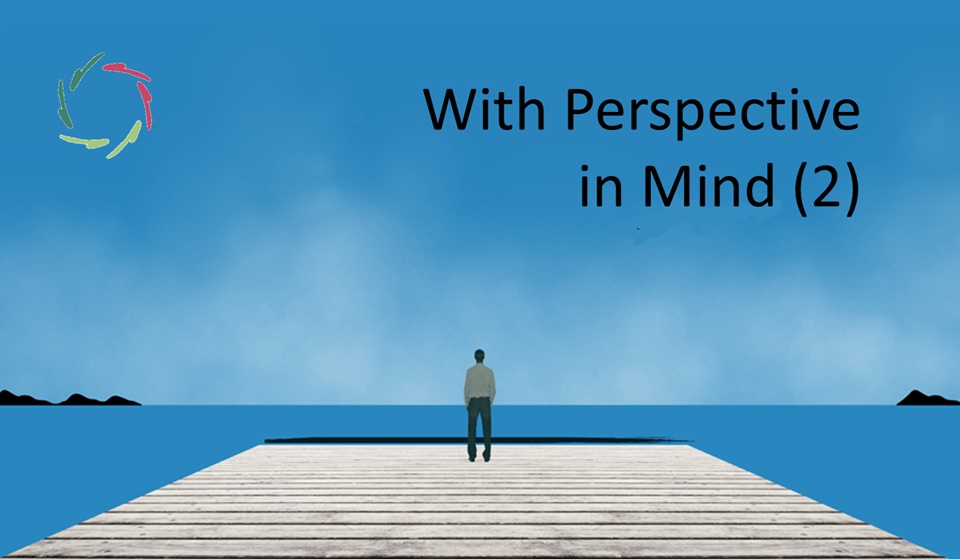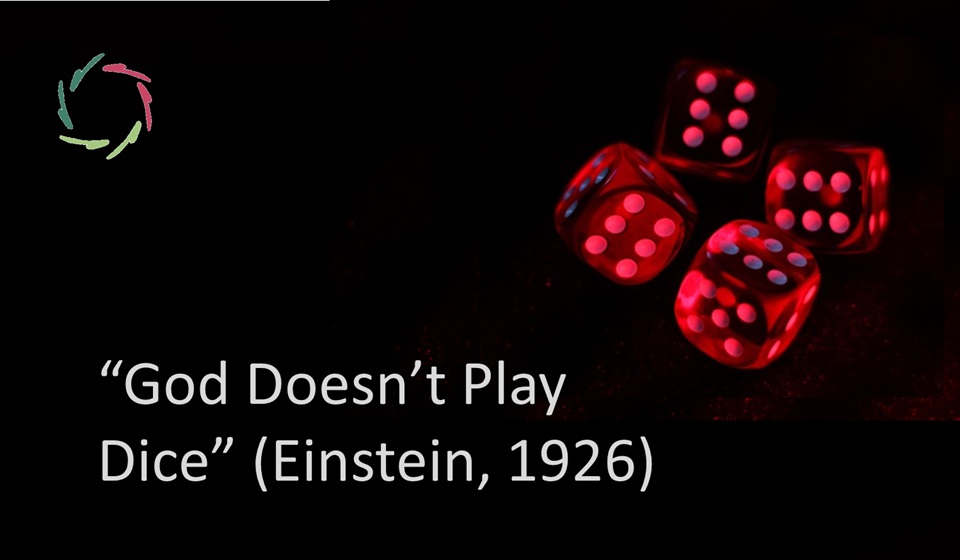With Perspective in Mind (2)

From Brunelleschi’s geometry to today’s interactive creations, perspective has journeyed from the outside world into the inner one.
Thus, art’s story is the story of seeing — how the eye, the mind, and the heart gradually learn to share a single space. Each step along the way shows that what we call reality is always a dialogue between light and consciousness.
The birth of outer perspective
The Renaissance painter stood at the window, discovering that space could be reasoned. Brunelleschi and Alberti turned vision into mathematics; every church, square, and portrait obeyed a harmony of converging lines. Perspective was certainty: the mind’s order reflected in the world’s form. The artist, like the scientist, sought universal truth. Yet even here the seed of subjectivity was planted — for the vanishing point always depended on one observer, one station point.
In that sense, outer perspective was already inner: a precise geometry hiding the quiet heartbeat of human presence. The world was drawn through a person.
Baroque and Romanticism: the space of feeling
Two centuries later, the calm window began to tremble. Caravaggio’s light burst from the shadows; Rubens filled space with motion. Geometry became drama. The viewer was no longer an onlooker but a participant, drawn into swirling diagonals of emotion.
Romanticism carried this further. The horizon moved inside the painter. Turner’s storms, Friedrich’s wanderers — these were landscapes of the soul. The vanishing point was no longer fixed in the distance but in the heart. Perspective had learned to breathe. Depth became feeling itself, echoing what Lisa describes in Art (an AURELIS Viewpoint): art as invitation, not depiction — a movement that begins within the observer.
Impressionism: the living eye
Then came the discovery that perception itself changes with time. Monet’s light shifted moment by moment; Renoir’s figures dissolved into atmosphere. Outer perspective still whispered beneath, yet the main subject became seeing itself.
The artist no longer copied the world but participated in its continuous birth. The window turned liquid; perspective became experience. Every brushstroke recorded an instant of awareness — Seeing = Creating, calls the act of perception as creation. In this way, Impressionism made the viewer conscious of seeing as a verb rather than a noun.
Post-Impressionism and Cubism: many pyramids of vision
Cézanne sought structure within the flux, building the world anew from color and geometry. His apples and mountains were revolutions — the eye reasoning again, but this time from within experience itself.
Then Cubism shattered the single pyramid of vision. Picasso and Braque showed several viewpoints at once, turning the Brunelleschi window into a prism. Space unfolded like thought; the viewer had to reconstruct reality. Perspective became multiperspective — a mirror of consciousness that sees many truths simultaneously. The painting no longer hid its construction; it thought aloud.
Expressionism and Surrealism: inner perspective rules
The 20th century opened the window fully inward. Expressionists painted emotion as architecture; Surrealists charted dreams as if they were landscapes. The geometry of light gave way to the geometry of psyche.
Here, perspective turned symbolic. Angles bent under feeling, distances obeyed desire. Space reflected inner movement — much like autosuggestion, where transformation arises not by force but by resonance, as shown in Autosuggestion: So Little, So Much. The artist’s canvas became a field of mind: a visible autosuggestion that invited the viewer to feel rather than to measure.
Abstract and modern art: beyond the window
By the early twentieth century, the long dialogue between geometry and vision reached a turning point. After centuries of looking through the window, artists began to look at it — realizing that the surface itself was part of the truth. With Kandinsky, color broke free from description and became vibration, rhythm, sound. Mondrian transformed lines and rectangles into pure balance, searching for the essence of form — a visual music of being. The aim was no longer to imitate space but to reveal the inner structure of harmony itself.
In this new art, the window ceased to open onto the world; it became a mirror of consciousness. Every line, color, or proportion corresponded to an inner movement, a pulse of mind. Perspective was no longer optical but spiritual — an architecture of awareness.
Modern art thus marked the full release of inner perspective from outer constraint. The artist no longer sought to represent what is seen, but to express seeing itself — the transition from depiction to invitation. Standing before an abstract canvas, the viewer is asked not to recognize but to resonate. The act of seeing becomes self-reflection — a silent autosuggestion through color, rhythm, and form.
Contemporary and interactive art: shared perspective
In our time, the window has opened completely. The canvas, once a defined rectangle, has expanded into the room itself — sometimes into light, sound, or even code. The viewer no longer stands before the work but inside it. Perspective has become immersive.
In installation and performance art, the observer’s movement shapes what is seen. The geometry of vision turns dynamic: each step, each glance alters the composition. Meaning arises in real time, through interaction. The vanishing point is no longer fixed on a distant horizon but moves with the participant.
Digital and virtual art extend this further. The ‘picture plane’ becomes a screen that responds to touch, voice, or presence. Here, artist and viewer literally share a field of creation — not unlike two consciousnesses communicating through the same autosuggestive process. The work itself exists only while the dialogue lasts. This new art is both outer and inner, both rational and open. The artist sets the invitation, not the meaning. The viewer answers with attention and awareness, completing the piece from within.
Perspective thus evolves into relation. What once united eye and world now unites mind with mind. The pyramid of vision has multiplied into countless, shared pyramids — a constellation of seeing together, each viewpoint respected, each reality co-created.
‘Autosuggestive art’ and the future
Looking ahead, art may evolve into what we could call autosuggestive art: creation that awakens rather than instructs. The artist offers form and openness; the participant finds personal depth within it. Nothing is imposed; everything is invited.
Such art mirrors autosuggestion itself — a living aesthetic process rather than a technique. The artist provides the conditions; the viewer becomes co-creator. The canvas is the viewer’s own consciousness. In this sense, Renaissance geometry and AURELIS Compassion meet: both rely on clarity and freedom, precision and depth. Each respects the other’s autonomy.
As written in Lisa’s Art, true creation “does not push but allows.” Perhaps this is where perspective was always heading — not toward the perfect image of the world, but toward the free unfolding of the inner one.


